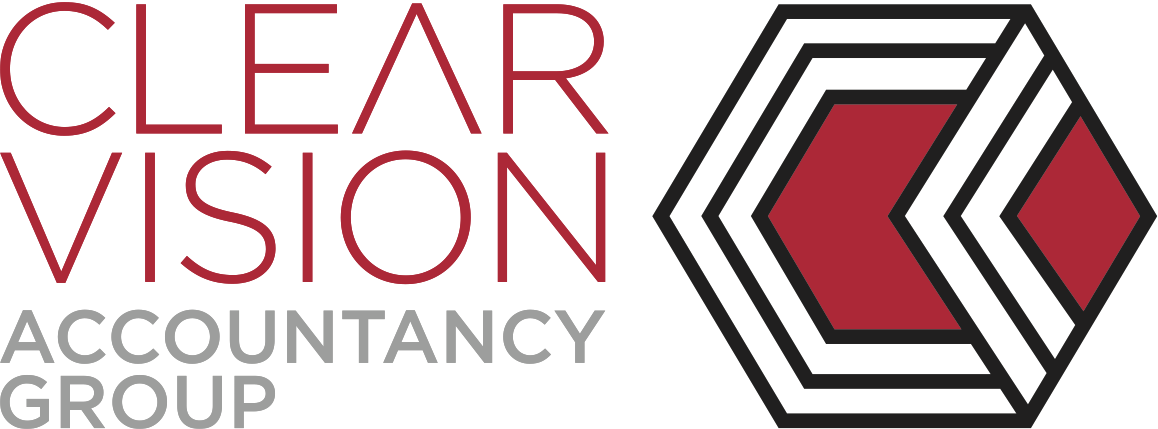Business by design Part 5: The more you sell the more you make…not always!
The ASIC publication about factors that influence the success or failure of a business that I’ve been referring to in recent articles makes particular mention of trading losses. 34% of businesses cite this as a reason for why they didn’t succeed.
Now you might be thinking, well that’s pretty obvious, if you don’t make a profit you won’t survive…but really it raises a number of issues about why was the business not trading profitably?
The first of these I’d like to address is profit margin. Or understanding how much profit is actually involved in each product or service you sell.
Getting a handle on this is critical for your business. Here are some quick tips and ideas for you to think about.
- Don’t assume the more you sell the more you make. Many businesses fail to appreciate that some of their products or services cost more to produce or supply as than they return in sales.
- Understand how much profit you make for each product or service. With the help of a good accountant you should be able to work through the input costs and overall share of business costs that each product or service requires. Compare this to the sales price of the product or service and you might be surprised
- Compare your products and services to each other and you might find that selling 100 of a particular profit won’t do nearly as much as selling 10 of something else. You can then use this information to inform how your marketing and sales time and money is spent.
- If a core product or service doesn’t turn much of a profit but is still critical to your overall business volume its time to look at input costs.
- What costs are involved in each of your products and services? Can suppliers be renegotiated for better pricing? Are your processes too inefficient? Could the same work be done by less people or less expensive staff? Is the creation of the product or service overly complicated? Can you sell a similar product or service for a similar price but for a lower input cost?
These are just a few ideas that you might consider to improve your trading profit or loss. We invite you to contact Clear Vision for more ideas that are specific to your business. You might also wish to consider our recently CFONow.com.au service and the incredible benefits your business can enjoy when you harness the power of a Chief Financial Officer without the overheads of a full-time employee.
The post Business by design Part 5: The more you sell the more you make…not always! appeared first on Clear Vision Accountancy Group.





